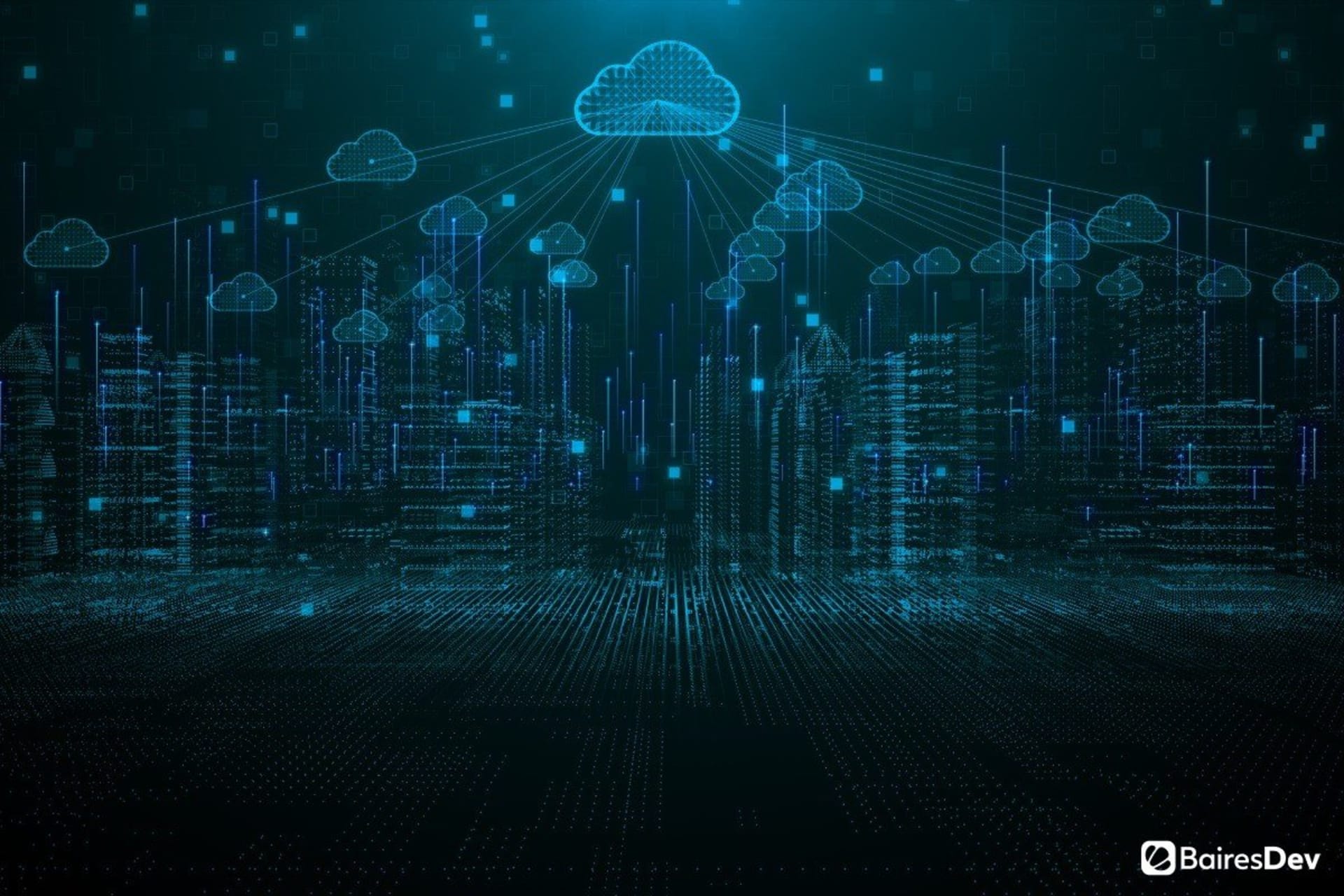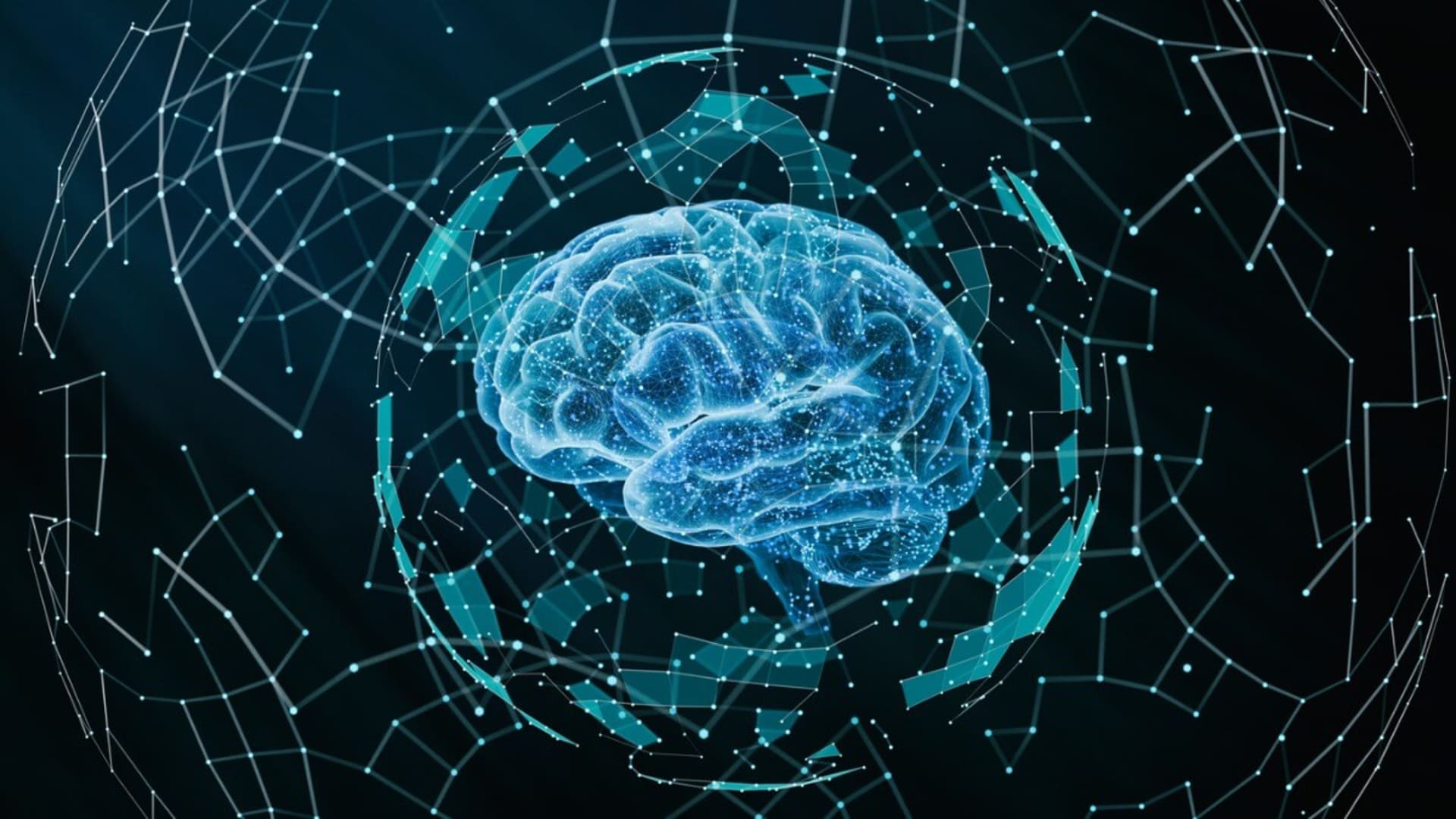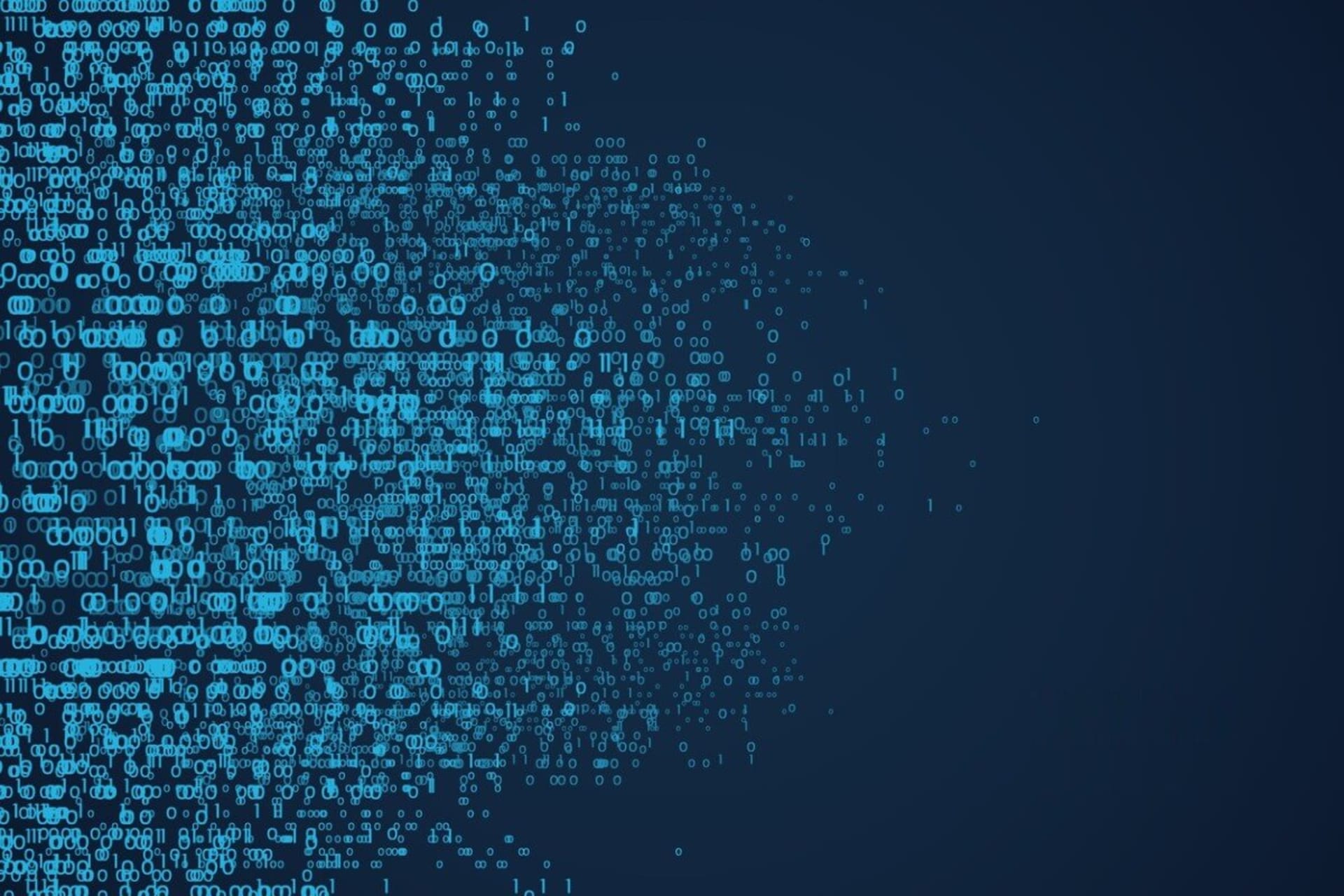The Internet of Things is already a massive part of many people’s daily lives across the globe. This vast network connects smart devices of all types, providing comfort and convenience while opening new opportunities and forging new habits.
To increasingly improve how it does so, the IoT gathers data on how people use devices in the real world. By collecting this data, companies have the ability to adjust their products to meet their customers’ needs.
This data then helps even the biggest names in tech learn how people use their products. Many smaller companies are also jumping on the IoT trends to learn how to use their data to help others do everything from live healthier and longer lives to better optimize their gas mileage.
That’s why so many people are pointing at the IoT as one of the revolutionary systems that will forever change our lives. That’s why is so fascinating to check out what its latest developments are.
What’s Trending in the IoT World?
The IoT is increasingly incorporated into our daily lives and beyond. These are just some of the trends we’re seeing.
Connected Homes and Improved Essentials
One of the most exciting possibilities and implementations of the IoT is the development of connected homes. The connected home concept aims to improve efficiency and save energy by “smartening up” most household objects, from fridges to curtains to locks and lighting and beyond.
Additionally, connected IoT devices make the work of pumps, washing machines and dryers, and other machines faster and more efficient. While it will also lower costs and eliminate human error, the IoT will also make it easier to monitor and maintain assets, as many devices are now built with wireless technology.
A New “Industrial Revolution”
The use of smart machines in factories helps improve and increase automation across the board. Smaller companies can benefit from IoT automation in 2024 thanks to accessibility improvements.
By building IoT automation into business models, companies have the ability to improve their overall productivity and efficiency. This tech also allows users or employees to access wearable devices that help them do their jobs better and keep their equipment maintained.
Incredible Advances in Healthcare
The healthcare industry is one that has already seen a great deal of improvements thanks to the Internet of Things—and will continue to do so. As the cost of connectivity and storage increases, IoT solutions will make health care even more accessible.
Historically, healthcare organizations and facilities only collect data in discrete moments and these processes have remained rather stagnant over the years. The IoT changes that, as it now provides this industry with the ability to track and analyze individuals’ health continuously.
The IoT can support at-home patient care, pharmaceutical access, and medical transportation when healthcare professionals can’t give direct care. In the near future, the IoT will continue to make healthcare more affordable and accessible.
Optimized Resources
The IoT already helps and will continue to assist companies through the optimization of their resources. For example, companies can install smart sensors in bathroom stalls and can validate cleaning schedules.
The IoT also provides companies with a more holistic view of their customers’ behaviors over time as a connected business improves its efficiency by using data from IoT devices. A connected business will ultimately increase its profits.
Improved Efficiency and Productivity
The IoT is closely related to Big Data, and it’s a key component of this emerging technology. Big Data paired with the IoT enables companies to monitor their operations and collect information from their users to make smarter business decisions.
These techs paired together help companies collect, organize, and report with an enormous amount of data to improve their services or products. It also helps organizations predict the best new markets for them to explore. For example, with more innovative stores, customers can make purchases without interacting with employees via IoT devices.
The IoT also enables companies to improve their productivity over time. The use of the IoT to develop and install applications in smart factories is something already trending and will remain a trend for the foreseeable future.
In an industrial application, this technology makes factories more efficient by connecting the factory floor to the management for greater visibility into productivity and overall performance. A connected business increases profits and revenue by identifying bottlenecks in its processes and ensuring maximum efficiency.
More Global Usage
North America and Europe started embracing IoT technologies faster than the rest of the world. However, countries around the globe are quickly catching up. According to a recent report, European and Asia-Pacific companies plan to invest and accelerate Internet of Things implementation in the coming year.
Expansion with 5G
By pairing IoT devices with the power of new 5G networks as cell phone carriers expand network availability, companies will have the ability to develop services that wouldn’t work previously because of the lack of technical infrastructure or because of how logistically difficult they were.
The use of 5G networks along with the Internet of Things means faster data transfers, broader coverage, and improved energy efficiency. However, 5G networks do come with some security concerns that businesses must monitor.
Cybersecurity Concerns
While most of the coming advancements involving the Internet of Things are predominantly positive, these devices do come with some cybersecurity risks. One infected or hacked device on an IoT network exposes the other devices it’s communicating with to potential cybersecurity risks.
According to a GSMA intelligence report, 15% of businesses with deployed IoT devices for their operations don’t have updated security protocols for such tools. This lapse in processes, procedures, and protection in the realm of cybersecurity is definitely something companies must address as possibly the most important IoT trend of 2024 for both companies and development teams alike.
The rest of 2024 and beyond will undoubtedly bring more use cases and implementation of the Internet of Things and its devices. Businesses already using this revolutionary technology will only continue to see advancements in the tech itself as well as what it can do for companies across industries on a global scale.
If you enjoyed this, be sure to check out our other IoT articles.
- Is Your IoT Security Robust Enough?
- Staff Augmentation for the Internet of Things
- How To Evaluate the Strengths and Weaknesses for Security and Privacy in IoT Devices
- Chips, Supply Chains, and IoT: Challenges for a Post-pandemic World
FAQs
1. What are some of the current security risks associated with the Internet of Things?
There are several security risks associated with the Internet of Things, such as a lack of standardized security protocols for IoT devices, potential data breaches given the huge amount of data involved, malware infections, and a lack of security updates. Some vulnerabilities are preventable, such as weak passwords.
2. How does the expansion of 5G networks impact the development and implementation of IoT devices and services?
With the expansion of 5G networks, we are seeing some changes in the development and implementation of IoT devices and services, such as increased speed and bandwidth, better reliability, lower latency, and greater device density.
3. What are some of the challenges that companies may face when implementing IoT devices and automation in their operations?
There are many benefits to the IoT, but there are also some challenges when you implement IoT devices and automation in your operations. For example, there are security and privacy concerns, as well as cost issues. You may have trouble integrating IoT devices with your existing systems and face difficulty managing data. Plus, you will need to train your workforce on how to use these IoT devices.














